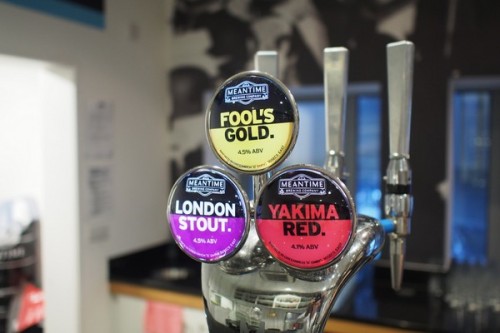
Tonight I headed into the wilds of Greenwich to the Meantime Brewery, to go back to school. For one evening only. My mission was to learn more about the process of making beer, with brewer Rod Jones taking us through a 2 hour curriculum on the brewing process, titled ‘The knowledge’.
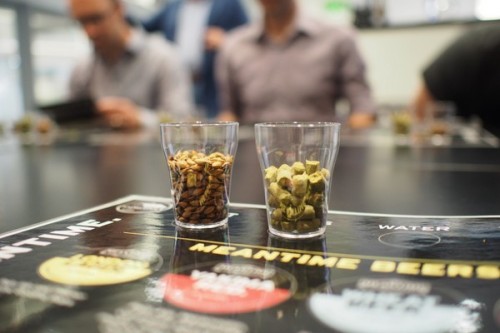
This was pretty in depth – well, as in depth as you can get in two hours, which is actually more than you’d think. Nine of us were sat around a table in the heart of the brewery, just next to the control centre from where operations are directed. In front of us, a really nice spiral bound book telling us all about how beer is made, and numerous samples of hops and malts.
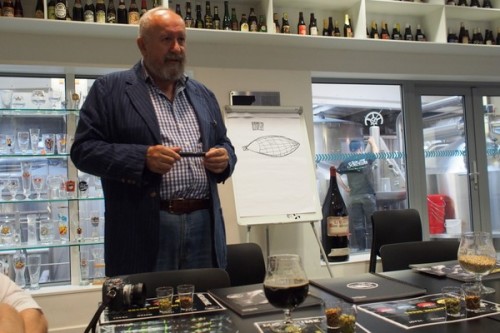
Rod started talking, but within five minutes he’d offered us each a beer, and the atmosphere changed considerably. Now we were talking. What use is theory without the practical? Of the four options offered, there was a fairly even split, except that no one took the lager. This was to be the first of three beers were were do drink – served in generous three-quarter pint samples. This is my sort of beer course.
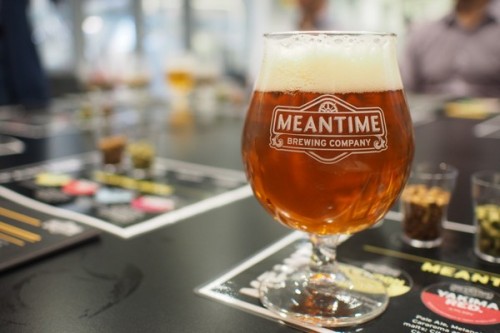
We started off learning all about malt. Sugar is needed as food for yeasts to turn into alcohol, so we had to understand the biology of the grain (most commonly barley, but it can be wheat or rye), and how the maltster tricks the grain into releasing enzymes that then begin the process of transforming starch into sugar, before drying them in a kiln. The brewer then mills them and mashes them – getting them to germinate in hot water, to create the sugary wort. This is boiled, hops are added, and then fermented to make beer.
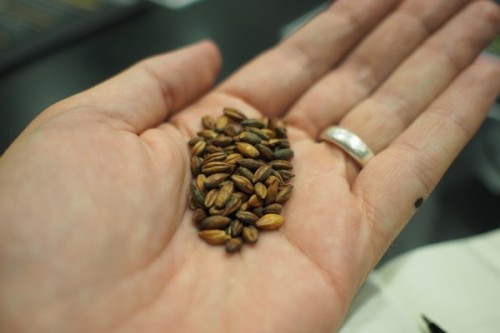
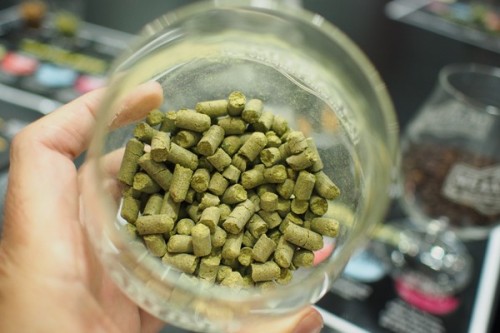
There are many variations in this process that create the wide array of beers that can be found. If the malt is not merely dried in the kiln, but instead burned to various degrees, then this changes the colour and flavour of the beer (although only a portion of this darker malt can be used, because it doesn’t have any enzymes left for the mashing process to take place). Then different hops can be used, and hops can also be added after fermentation to add more flavour. The yeasts also make a difference, as does the fermentation process.

Rod is a good communicator, and didn’t flinch from difficult questions. He was quite happy to spill the beans (for example, revealing how many popular beers are made with corn or rice starch, which then needs the addition of extraneous enzymes to produce a sugar source), and knows a lot of biochemical detail. The beers we were drinking were tasty, but it would have been fun to try smaller serves of a wider range of beers to illustrate the points being made in the lecture. And I’m quite keen to do the longer courses that Meantime offer which would teach about beer tasting (which differs in some aspects to wine tasting) and subjects such as beer faults.
The clientele here was nice and it was an enjoyable evening. I thoroughly recommend it to any beer geeks looking to learn a bit more. Of course, you can find this stuff in books, but nothing beats face to face learning, especially with a nice glass of beer in your hand.
Leave a Comment on In beer school with Meantime Brewery